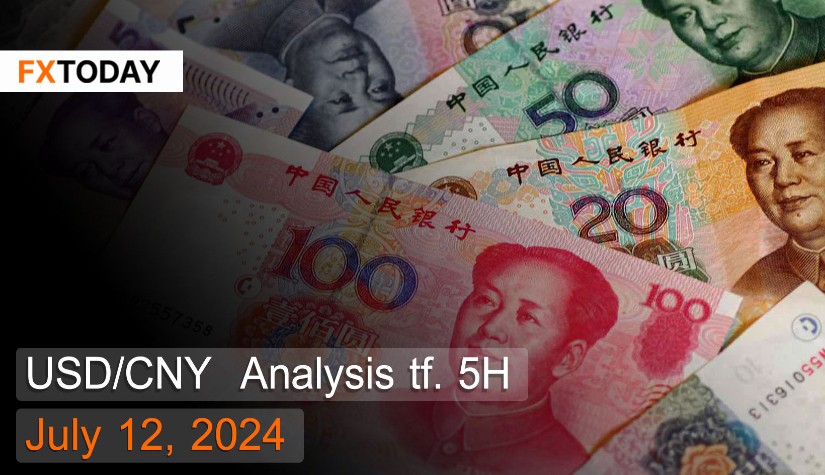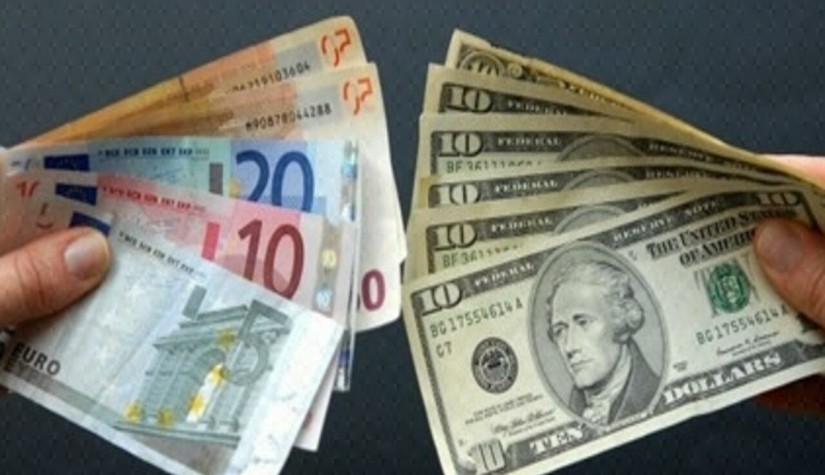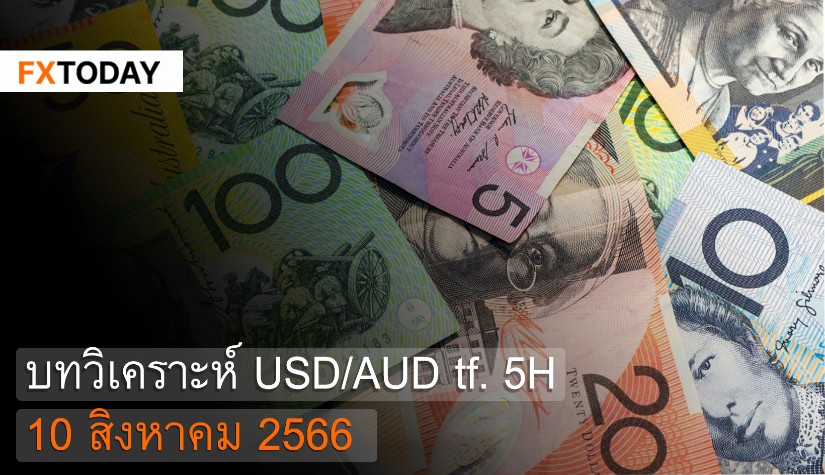China's economy requires further support.
The yuan has depreciated again after a brief rebound, as investors need to assess more economic data from China. Despite the increase in corporate profits, the decrease in inflation is a key factor making investors view China's economy as not fully recovered, necessitating additional government support. This is a major reason for the yuan's renewed depreciation.
Chinese industrial companies' profits increased by 3.4% year-on-year in the first five months, rising to 2,754 billion yuan. However, this is a slower growth rate compared to the previous period's 4.3%. Recent data indicates an improving economic recovery trend after a continuous slowdown since last year due to weak domestic demand, deflationary risks, and a property crisis. This recovery could lead to increased employment in the future.
China's manufacturing PMI stood at 49.5 in June, aligning with market expectations. This marks the fourth contraction in factory activity this year, as China needs to stimulate domestic economic recovery amidst ongoing weak demand. New orders and export orders remain stable, while employment decreased slightly due to higher cost pressures.
China's service sector PMI fell to 51.2 in June, down from a 10-month high of 54.0 in May. This represents the 18th consecutive month of expansion in the service sector, but the slowest growth rate since last year, with new orders and export orders growing more slowly. Employment slightly declined due to resignations and layoffs amidst increased competition and the need to cut costs. Production costs have also risen due to higher material, labor, and transportation costs.
China's inflation rate fell to 0.2% in June, below market expectations of 0.4%, amidst a stable yet gradually improving economic recovery in some sectors supported by the government. Food prices have continued to fall for the 12th consecutive month, despite a rapid rise in pork prices during the festival season. Meanwhile, the core consumer price index, excluding food and energy prices, rose by 0.6% year-on-year.
Techical analysis data (5H)
Resistance: 7.2607, 7.2692, 7.2735
Source: Investing.com
Buy/Long 1: If the price touches support in the price range of 7.2438 - 7.248 but cannot break the support at 7.248, you may set a TP at approximately 7.2692 and SL at around 7.2353 or according to your acceptable risk.
Buy/Long 2: If the price breaks the resistance in the price range of 7.2607 - 7.2692, you may set a TP at approximately 7.2735 and SL at around 7.2438 or according to your acceptable risk.
Sell/Short 1: If the price touches resistance in the price range of 7.2607 - 7.2692 but cannot break the resistance at 7.2607, you may set a TP at approximately 7.2438 and SL at around 7.2735 or according to your acceptable risk.
Sell/Short 2: If the price breaks the support in the price range of 7.2438 - 7.248, you may set a TP at approximately 7.2353 and SL at around 7.2692 or according to your acceptable risk.
Pivot point July 12, 2024 07:39 PM. GMT+7
|
Name
|
S3
|
S2
|
S1
|
Pivot Points
|
R1
|
R2
|
R3
|
| Classic | 7.2353 | 7.2438 | 7.248 | 7.2565 | 7.2607 | 7.2692 | 7.2735 |
| Fibonacci | 7.2438 | 7.2486 | 7.2516 | 7.2565 | 7.2614 | 7.2644 | 7.2692 |
| Camarilla | 7.2489 | 7.2501 | 7.2512 | 7.2565 | 7.2536 | 7.2547 | 7.2559 |
| Woodie's | 7.2333 | 7.2428 | 7.246 | 7.2555 | 7.2587 | 7.2682 | 7.2715 |
| DeMark's | - | - | 7.246 | 7.2555 | 7.2587 | - | - |
















